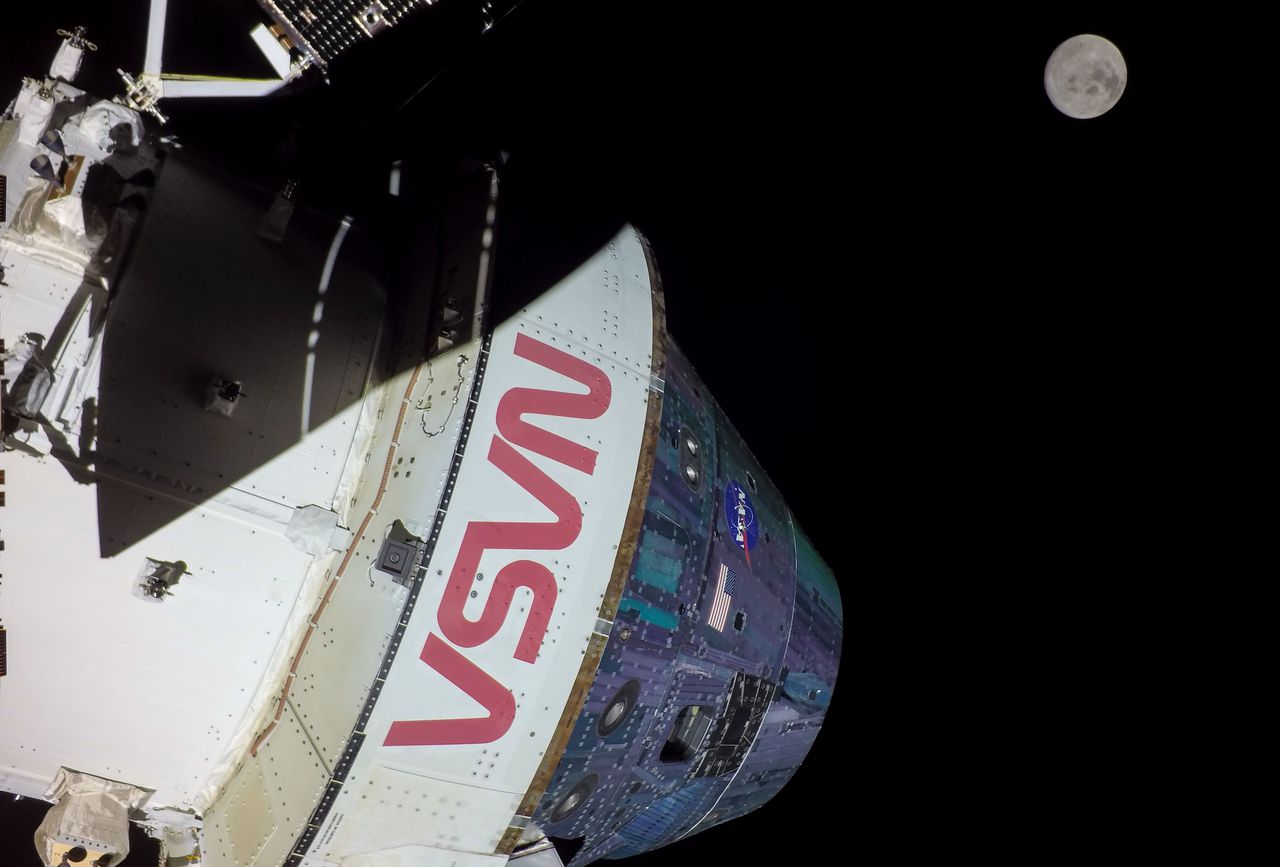Artemis 1 moon flight successful, NASA says; ‘examining data’ on heat shield
NASA’s post-flight analysis confirms the Artemis 1 rocket developed in Alabama “flew as designed and with precision” and all systems “are ready to fly astronauts on missions to the Moon.” That’ll happen for the first time next year, NASA said today.
The Marshall Space Flight Center in Huntsville is NASA’s propulsion center and led development of the launch rocket and the computer system or “brain” that controls the rocket’s systems.
The Orion capsule met 161 test objectives “to fully demonstrate every aspect of the spacecraft,” NASA said. The European-built service module exceeded expectations generating more power than anticipated and using less than predicted, NASA said.
The new heat shield designed to protect the Orion capsule on re-entry worked, but NASA is “more closely examining data” related to its performance. The heat shield tiles, made of a material called Avcoat, are designed to burn off and shed heat in a controlled way to get the capsule through re-entry temperatures of up to 5,000 degrees Fahrenheit, NASA says.
“Post-flight inspection shows a significant amount of original Avcoat material remained on Orion,” NASA said today. Teams are reviewing data from descent to understand why.
Artemis II, the next flight around the moon with a human crew, will likely happen toward the end of 2024, NASA said. In the meantime, NASA will rebuild its mobile launcher after the beating it took on the first launch from the rocket’s 8.8 million pounds of thrust. Damage to the launcher included corrosion to fueling lines, detached welds on tubing, instrument panels and cabinets and the destruction of several elevators, NASA said.
Another issue is some circuit breaker-like devices on Orion “switched open without commanding several times.” These switches are designed to distribute power from solar arrays to the capsule’s systems.
Splashdown was moved 300 miles south because of poor weather, and Orion hit the water 2.4 miles from the target spot. That was “well within limits,” NASA said.
Marshall is one of NASA’s largest field centers with a total workforce of nearly 6,000 employees and an annual budget of approximately $2.8 billion, NASA says. The center also manages the Michoud Assembly Facility in New Orleans where the Space Launch System was assembled and the Stennis Space Center in south Mississippi where large rocket engines are test-fired.
